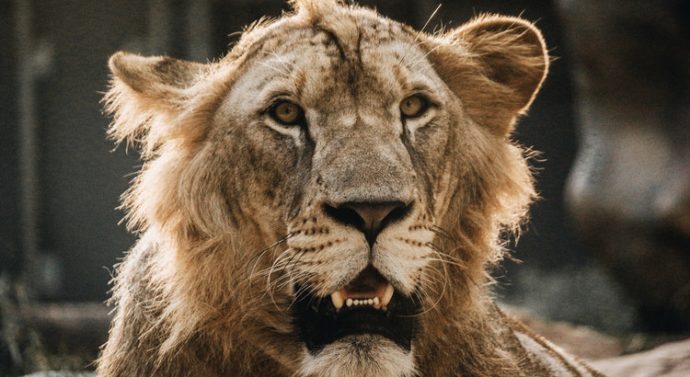
Protesting the George and Brett Garden Circus
News February 1, 2019, Comments Off 144A protest led by the Animal Rights Club and Direct Action Everywhere will be held on Feb. 1, the opening night of the George and Brett Garden Circus, and will continue to be held at each performance thereafter.
While many protest the animal abuse associated with circuses, others see the circus as a place for performers to showcase their talent.
A Different View
At 5-years-old, Mario Hackney, a freshman at Marquette University in Milwaukee, Wi., was learning the circus performing arts.
“My dad really really liked attending circus performances, as he is huge in the performing arts, especially dance,” said Hackney. “He brought me to youth performing arts circus, called Circus Juventus, to watch a performance, and I can’t remember specifically what I enjoyed about it. But he thought I should enroll, so I did.”
A first-hand experience like this allowed Hackney to view the circus as more of a performance art for humans, instead of focusing on animals conducting tricks. With the absence of exotic animals and the mistreatment that follows by having them in a circus, he thought of the circus as a way to express himself.
“I support the circus. It’s a good opportunity for kids and young adults to express themselves through performing arts and experience something completely different than anything one could imagine,” he said.
Being in the circus gave Hackney a unique adolescence. He performed for two years and loved the sense of community it gave him.
“I loved my experience in the circus; it really shaped my childhood. While most kids were playing hockey or dribbling a ball, I was being hung up 20 feet in the air on a bar and taught how my individual movements combined with my peers could make an intricate design and an overall appealing show,” he explained.
During his time in the circus, exotic animals were not included in their shows. He described the instructors as firm and well-trained. Occasionally, a cat was used for an Alice in Wonderland theme, but the animal was not forced to perform tricks.
Hackney would prefer all circuses to be free of exotic animal performances.
“I’d prefer circuses without animals. I don’t support the captivity of animals in circuses. Performances that involve the talents of the performers themselves are what really should be highlighted, not animals,” he said.
Stop the Abuse
The inclusion of exotic animals in the circus is explained by the nonprofit PAWS as a way to encourage people to support animal cruelty and perpetrate abuse towards animals.
According to PAWS, “Circus animals are confined virtually all of their lives in barren conditions, while forced to suffer extreme physical and psychological deprivation. Virtually 96 percent of their lives are spent in chains or cages. Eleven months a year they travel over long distances in boxcars with no climate control; sleeping, eating, and defecating in the same cage.”
Even though there are government regulations on minimum care for the animals, most performances or stops are not inspected and therefore are left unregulated.
“When allowed out, these animals are trained using extreme ‘discipline’ such as whipping, hitting, poking, and shocking with electrical prods,” stated PAWS.
Join the Protest
Knowledge of these conditions and treatments towards the animals have been circulating through various animal support groups, sparking protests. Springfield’s protest of the circus advertising exotic animal acts at JQH Arena is hosted by the Animal Rights Club and Direct Action Everywhere. They have created a Facebook event that outlines their views and how to get involved. The page provides multiple links to information about animal abuse in circuses and thoroughly explains the treatment of performance animals.
Protesting starts opening night, Feb. 1 at 5:30 p.m. at JQH Arena.
Article by Kelli Volonte.